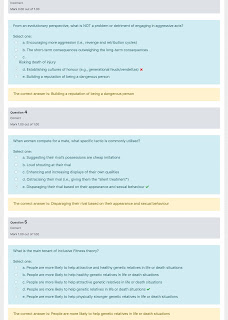Academic English Facilitator. M.Ed (ACU on-line, interrupted). B.Ling.Sc (Macquarie Uni.). Dip. Lang. Spanish (University of Sydney). TESOL+CELTA (International House Sydney.) Film & TV cert. III (Sydney TAFE). Spanish speaking (University of Buenos Aires + 5 years' immersion). Pathways to either Secondary Teaching Spanish (1) & English subject (2) OR other opportunity amid the journey.
Friday, June 21, 2019
Tuesday, June 11, 2019
Astronomy, Our Place in the Universe: Observatory assignment (for MQuni)
Q1. [10 marks] Make a sketch of part of the night sky in the same direction at two different times on the same night. Record only the brightest objects and try to include the moon or a planet in the view. The times should be separated by at least 1 hour. Include landmarks on the horizon (e.g. a tall tree) so you can note how objects in the sky move. Note the times, date and direction you are facing. Be sure to stand in the same location at both times!

Q2. [10 marks] Repeat Q1, but instead sketch the Southern Cross and pointer star constellations. Mark the location of the Celestial South Pole. Separate the two sketches by at least 1 hour. Be sure to include something like a tall tree in the view as a reference in your sketch.
Q3. [10 marks] Consider interesting astronomical objects you can see from Sydney in the night sky at this time of year.
(a) Briefly define the following deep sky objects: open star cluster, globular star cluster, galaxy, planetary nebula, and binary star.
(b) Give examples of 3 of these objects that are presently visible at night from our location in Sydney. Provide the Right Ascension and Declination coordinates for each target.
(c) For each of the 3 objects from part (b), draw their location in the sky by showing the surrounding constellation of bright stars.
Q4. [10 marks] Look through a telescope at an object in the sky. Describe the object that you observed and draw a sketch of it. Look for effects of “seeing” and describe how this influences what you see.
Q5. [5 marks] Ask nicely to have the automatic tracking of the telescope turned off and describe what you see. Why is this happening?
Q6. [5 marks] Try out two different telescope eyepieces and look at the same object. Describe or sketch what you see.













